Concussion & Head Injury in Dallas
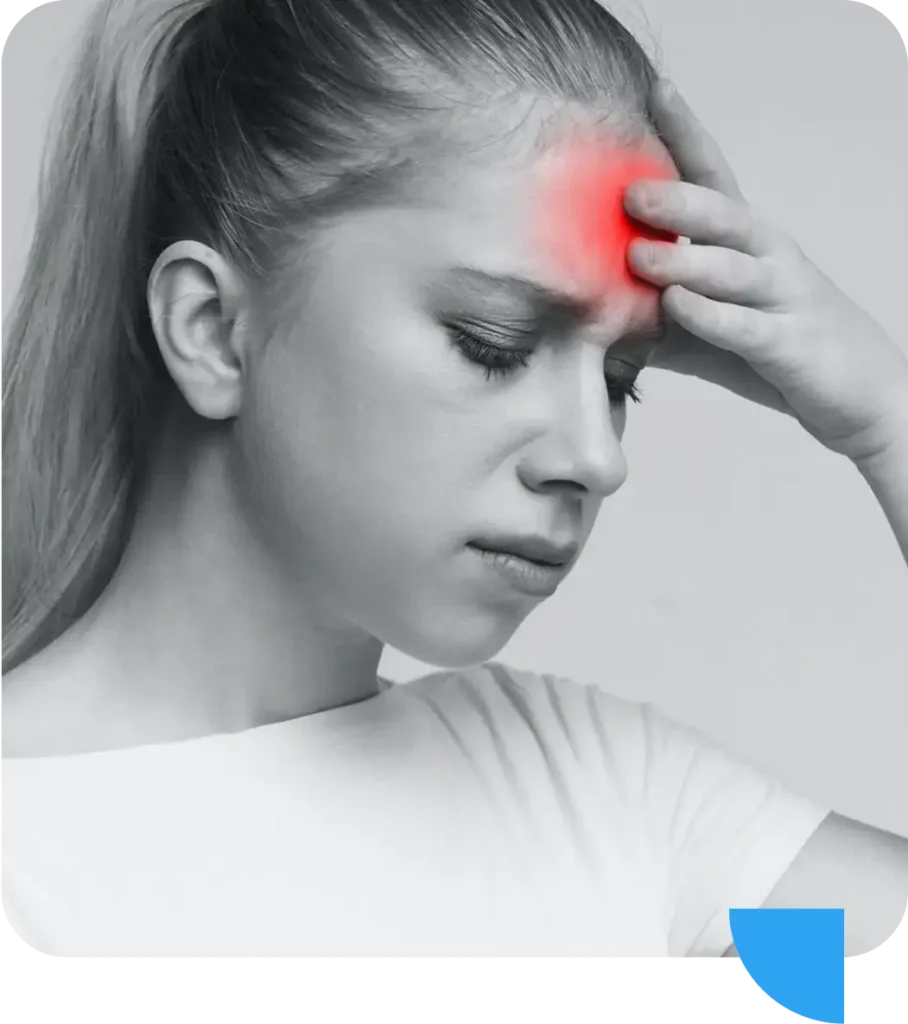
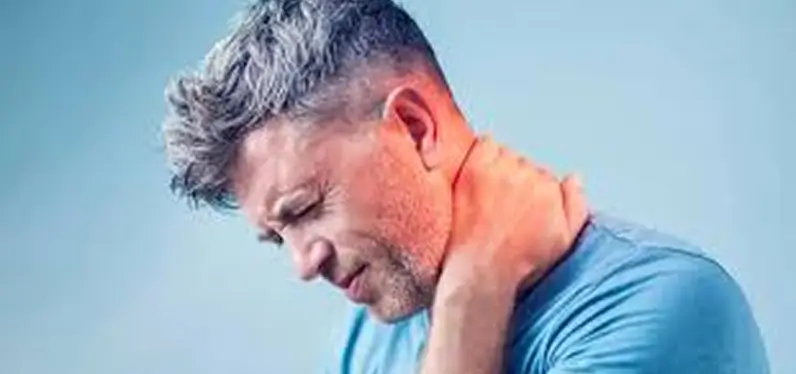


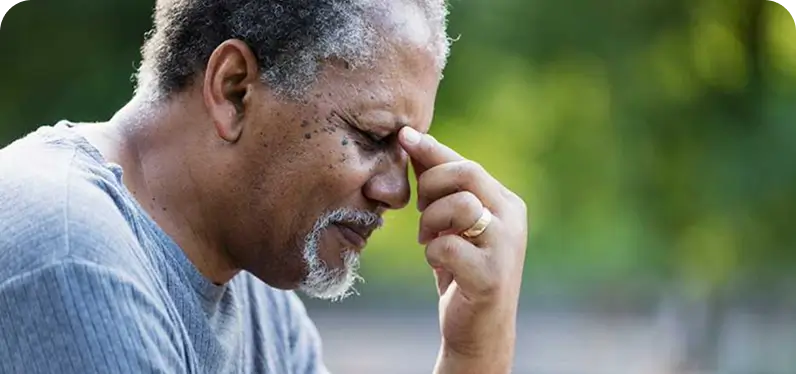


Emergency: Call 911 for severe/worsening headache, loss of consciousness, repeated vomiting,
slurred speech, seizures, new weakness/numbness, or concerning neck pain after trauma.
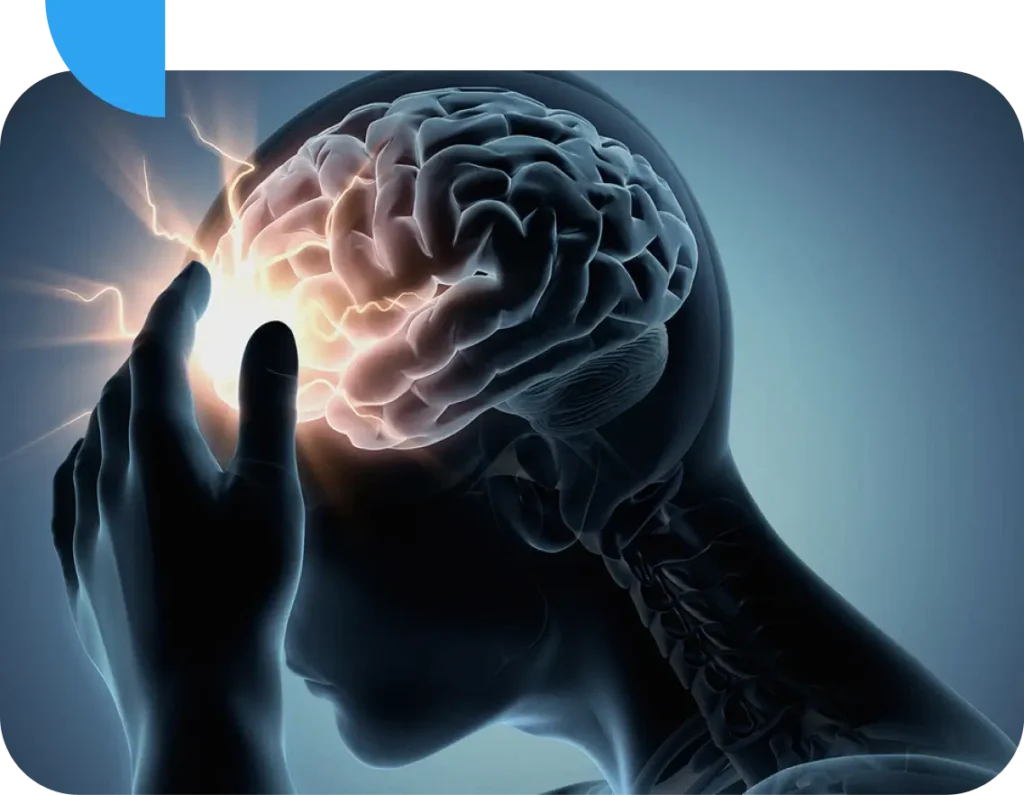
A mild traumatic brain injury (mTBI) occurs when acceleration deceleration and rotational forces disrupt normal brain function. Loss of consciousness may or may not occur. Symptoms can be immediate or delayed. Routine imaging can be normal even when neurologic function is affected —that’s why we combine skilled exam, I-PAS metrics, and targeted rehab to drive recovery.
Targeted history, symptom inventory, neurologic exam, balance/ocular screening, exertional response, and cervical assessment.
Standardized eye-movement, vestibular, and reaction-time testing to objectively profile impairment.
Ordered when necessary for red flags, atypical recovery, or suspected structural injury.
I-PAS captures saccades, smooth pursuit, vestibulo-ocular reflex, optokinetics, and reaction time. We translate those findings into I-PAS training—gaze-stability, smooth-pursuit/saccade drills, and visual-vestibular progressions—integrated with vestibular-ocular rehab and cervical therapy.
The result: objective benchmarks that guide safe return to school, work, sport, and driving.

Same-/next-day intake & focused neuro exam
I-PAS assessments and/or neurocognitive testing if helpful for decisions
Activity guardrails, symptom pacing, home measures
Vestibular-ocular & cervical interventions; I-PAS training when appropriate
Milestones → return-to-learn/work/play with objective criteria
Clear findings, plan, and functional progression
Early, exam-led plans beat passive rest. Sub-symptom aerobic exercise, I-PAS-guided training, vestibular-ocular progressions, and cervical mobility/strength typically restore function faster and reduce persistent symptoms. We advance by criteria—not the calendar—so gains stick and setbacks are rare.
Staged cognitive loading, screen-time pacing, and accommodations; updated as tolerance improves.
Criteria-based progressions using I-PAS metrics, symptom scores, and exertional checkpoints.
Objective notes tracking capacity and milestones—useful for schools, teams, and HR.

Board-Certified Orthopedic Surgeon

Board-Certified Radiologist & Neuroradiologist
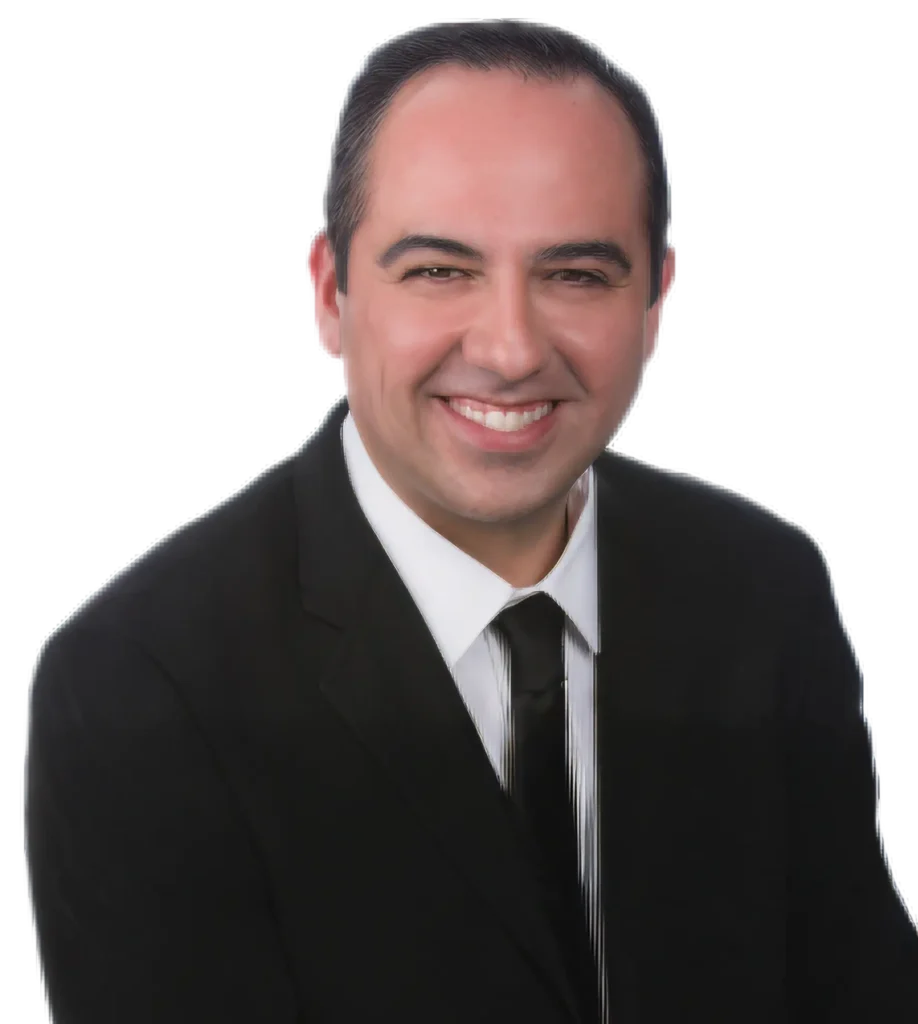
Board-Certified Pain Management & Rehabilitation Specialist



Request Your Same-Day Concussion Evaluation
Don’t wait in pain — our expert spine specialists are available for same-day evaluations.
Usually not. Concussions are primarily a clinical diagnosis supported by tools like I-PAS and selective neurocognitive testing. We order MRI/CT when necessary for red flags, atypical recovery, or suspected structural injury. Your visit outlines exactly what we’ll do and why—see What to Expect and symptom patterns in Concussion (mTBI).
I-PAS objectively measures eye movements, vestibular reflexes, and reaction time using standardized stimuli. We leverage those metrics to target impairments and deliver I-PAS Training that improves gaze stability, pursuit, and saccades. It complements vestibular-ocular rehab and cervical care. Explore how training plugs in at I-PAS Training and review testing details under I-PAS Assessments.
Soon—within sub-symptom limits. We begin graded aerobic exercise early, then layer vestibular-ocular and cervical work, adding I-PAS Training when appropriate. Advancement is criteria-based, not calendar-based, to prevent setbacks. See the structure of your plan in Concussion Rehabilitation and how we pace progress and testing in What to Expect.
Yes—selectively. Validated computerized testing can quantify memory, processing speed, and reaction time for baseline or post-injury comparisons. We use it when it meaningfully informs your plan, alongside exam findings and I-PAS metrics. Integration points appear in Concussion Rehabilitation and visual-vestibular metrics guiding I-PAS Training.
Severe or worsening headache, repeated vomiting, slurred speech, seizures, new weakness or numbness, or concerning neck pain require urgent evaluation. Otherwise, schedule a same-/next-day clinic visit for guardrails and a rehab start. Immediate steps and escalation rules are outlined in What to Expect, with persistent-symptom guidance in Post-Concussion Syndrome.
We combine symptom stability, I-PAS and neurocognitive metrics, clean vestibular-ocular and cervical screens, and graded exertion tolerance. Each stage has pass/fail criteria; we don’t advance if symptoms spike or metrics regress. School/work notes and team letters reflect milestones. Step-by-step details are in Return-to-Learn and Return-to-Play, with testing cadence in What to Expect.
Contact us and set up your doctor visit today to start your journey to pain-free living